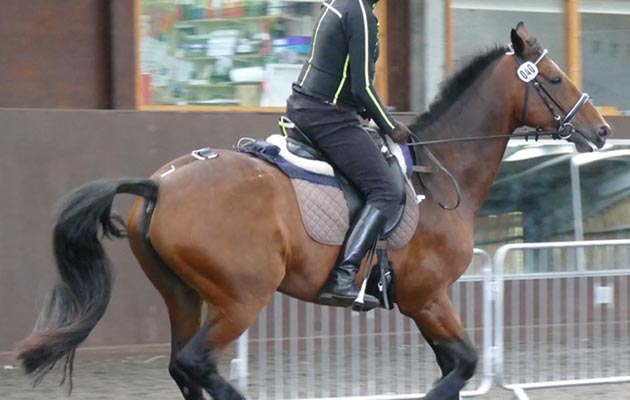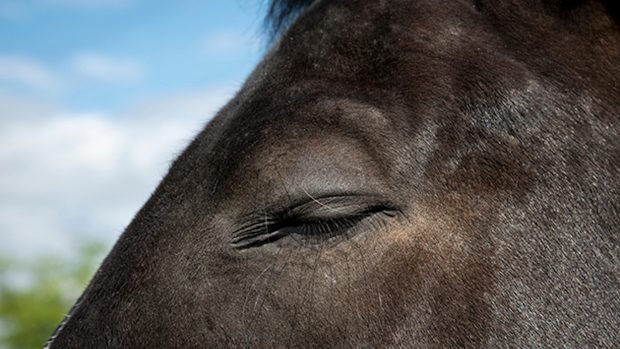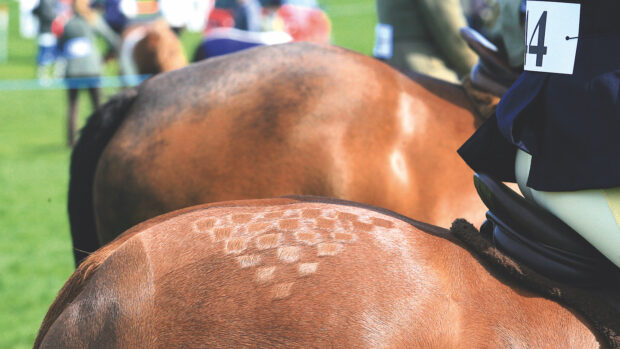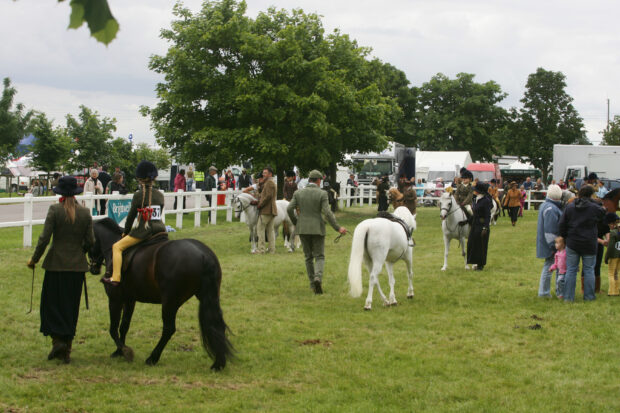Heavier riders and unsuitable saddles can cause muscle tension and pain in horses, a study has shown.
This was the message from a paper presented by Dr Sue Dyson at the Saddle Research Trust (SRT) conference today (8 December).
Dr Dyson, head of clinical orthopaedics at the Centre for Equine Studies at the Animal Health Trust, was one of 15 eminent international vets, scientists and special guests presenting at the conference, on the theme of Horse, rider, saddlery interactions: welfare and performance at Nottingham University’s De Vere Conference Centre.
Dr Dyson explained her study on the effects of rider size and saddle fit on horses’ gait and behaviour, their response to palpation of the thoracolumbar area (the thoracic and lumbar regions of the spine) and the dimensions of the same area.
It builds on previous work that has shown high rider to horse bodyweight ratios, or a tall, heavy rider in a saddle which is too small, can cause temporary lameness and discomfort.
She said researchers had assessed horses’ gait, signs of stress, the forces under the saddle, responses to palpation of the thoracolumbar area and changes in back dimensions, in horses ridden by four riders of similar ability but weight ranging from light to very heavy.
It was found saddle fit was “not ideal” for the heavier two riders, which influenced the direction and magnitude of the resulting forces. Both riders had to sit on the backs of the saddles, to accommodate their size, which altered distribution of the pressure, especially for the very heavy rider.
Continued below…

Excess rider weight can cause lameness
Results of a landmark pilot study show the negative effect heavier riders can have on horse performance

Landmark study takes ‘first step’ in tackling rider weight
The research found rider weight has a ‘substantial temporary effect’ on horse movement and behaviour

Subscribe to Horse & Hound magazine today – and enjoy unlimited website access all year round
A correlation between rider weight and average peak pressure under the saddle was found, with the heavier riders creating greater pressures.
The mean thoracolumbar width was also found to increase with the light and medium riders, a normal response, but it decreased with the heavy and very heavy riders. This was associated with an increase in back muscle tension for the heavy rider and increased muscle pain for the very heavy rider.
Dr Dyson stressed that the studies do not mean heavy people should not ride.
“The key is to ride a horse of suitable size and fitness and to make sure that the saddle is fitted correctly for both horse and rider, to minimise potential for pain and loss of performance,” she said.
For more news from the Saddle Research Trust conference, see Horse & Hound magazine, on sale Thursday 13 December




